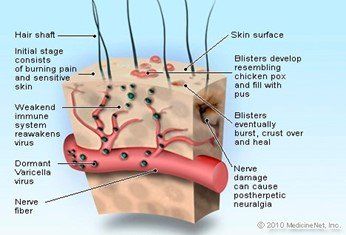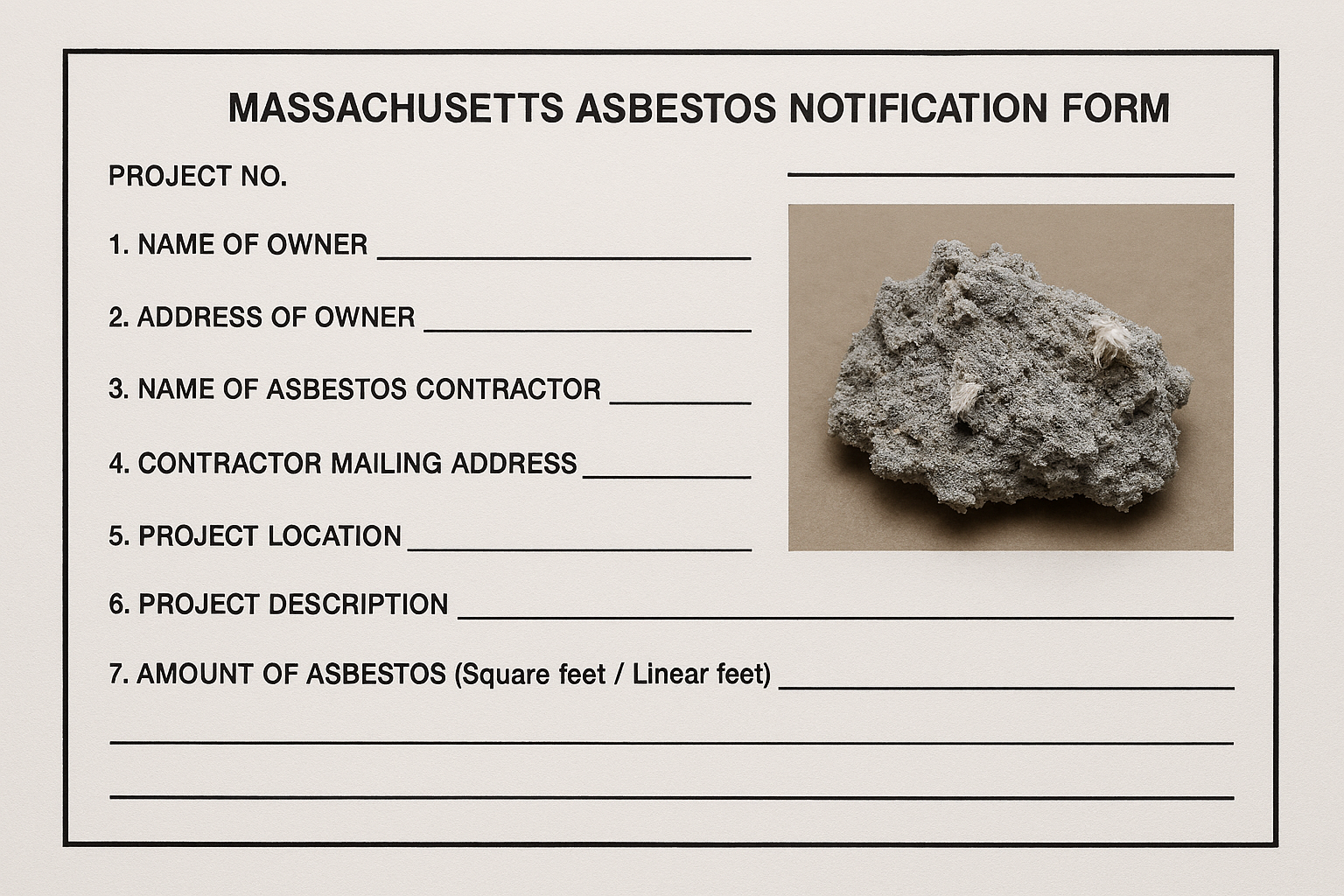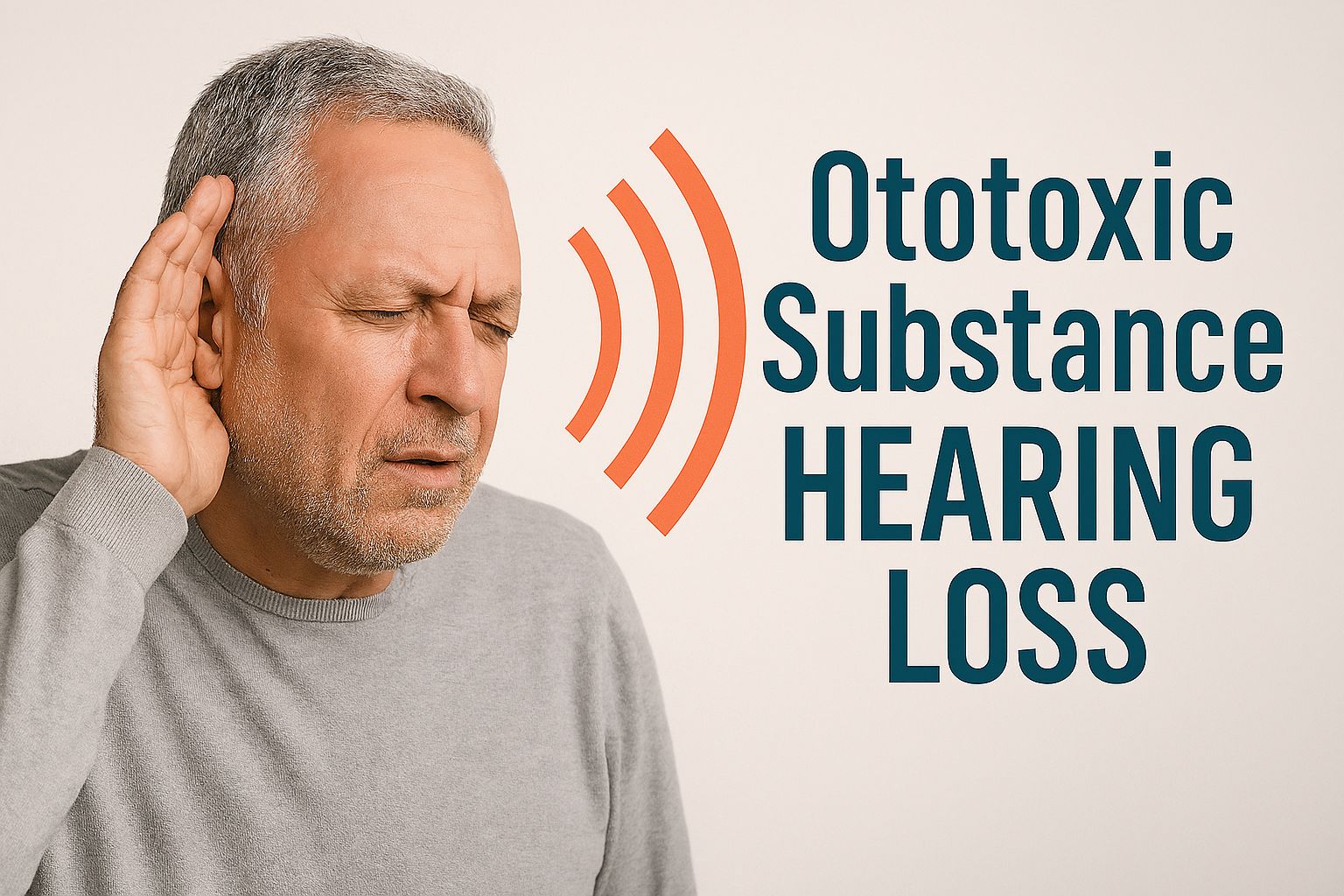Monkeypox is a less common disease caused by infection with the monkeypox virus. The monkeypox virus is part of the same family of viruses as the virus that causes smallpox, but it is not related to chickenpox. Monkeypox symptoms are similar to smallpox symptoms, and luckily is rarely fatal. Monkeypox was first discovered in 1958 when two outbreaks of a pox-like disease occurred in colonies of monkeys that were being kept for research. Despite being named monkeypox, likely because it the first cases were found in colonies of monkeys, the source of the disease remains unknown. The first human case of monkeypox was recorded in 1970. Prior to the 2022 outbreak monkeypox has been reported in several African countries. Before the current outbreak, almost all monkeypox cases could be traced back to imported animals from Africa, these cases occurred on multiple continents
Cashins & Associates : Resources
Monkeypox - What is it?
There is a lot of talk about Monkeypox in the news - here is a closer look at this concerning virus
There is some controversy over the name “Monkeypox”. The World Health Organization is holding an open forum to rename the disease after some critics raised concerns the name could be derogatory or have racist connotations.
WHO said the decision was made following a meeting of scientists this week and in line with current best practices for naming diseases, which aims to “avoid causing offense to any cultural, social, national, regional, professional, or ethnic groups, and minimize any negative impact on trade, travel, tourism or animal welfare.” As of this article being published the name remains Monkeypox.
Monkeypox is currently spreading across several countries that do not normally report monkeypox outbreaks, including the United States. Monkeypox symptoms include a rash that may be located on or near the genitals or anus and could be on other areas like the hands, feet, chest, face, or mouth. Other monkeypox symptoms include, fever, chills, swollen lymph nodes, exhaustion, muscle aches and backache, headache, sore throat, nasal congestion, or cough, one may experience all or only a few symptoms. The rash may come before the flu-like symptoms or vice versa. Typically, if someone has flu-like symptoms there is a good chance they will develop a rash one to four days later, some may only experience the rash. Monkeypox symptoms typically start within 3 weeks of exposure to the virus, the illness typically lasts two to four weeks. Monkeypox can spread from the time symptoms start until the rash has healed, all scabs have fallen off, and a fresh layer of skin has formed.
Monkeypox can spread to anyone through close, personal, often skin-to-skin contact. Examples of close contact with include direct contact with monkeypox rash, scabs, body fluids, or contact with respiratory secretions from a person with monkeypox. Another way monkeypox spreads is by someone touching objects, fabrics, and surfaces that have been used by someone with monkeypox, the virus can live on a surface for up to fifteen days. Anyone having intimate contact with someone who has monkeypox is at risk of spreading the virus, if someone is pregnant that has monkeypox it can be spread to their fetus through the placenta. Scientists are still researching for more information about whether monkeypox can be spread when someone has no symptoms, how often it is spread through respiratory secretions, and whether the virus can spread through semen, vaginal fluids, urine, or feces. There are many ways to contract monkeypox, but there are also steps you can take to help lessen your chances of, or even prevent yourself from, getting sick.
Monkeypox is primarily spread through close contact so one of the best ways to prevent contracting the virus is to avoid close, skin-to-skin contact with people who have a rash that looks like monkeypox. Monkeypox can live on a surface for up to fifteen days, so it is best to avoid anything that has been touched by a person with monkeypox for this amount of time. As with most virus prevention a main way to stay healthy is wash your hands, if preventing the contraction of monkeypox fails there are some treatments that could help you.
Newer vaccines have been developed of which one has been approved for prevention of monkeypox, however monkeypox and smallpox viruses are genetically similar, which means the same vaccines and antiviral drugs developed to protect against smallpox may be used to prevent and treat monkeypox. Patients with higher chances of getting severely ill, patients with weakened immune systems for example, may be recommended a antiviral such as tecovirimat (TPOXX). CDC recommends vaccination for people who have been exposed to monkeypox and people who may be more likely to get monkeypox.
Current United States Monkeypox Case Map





